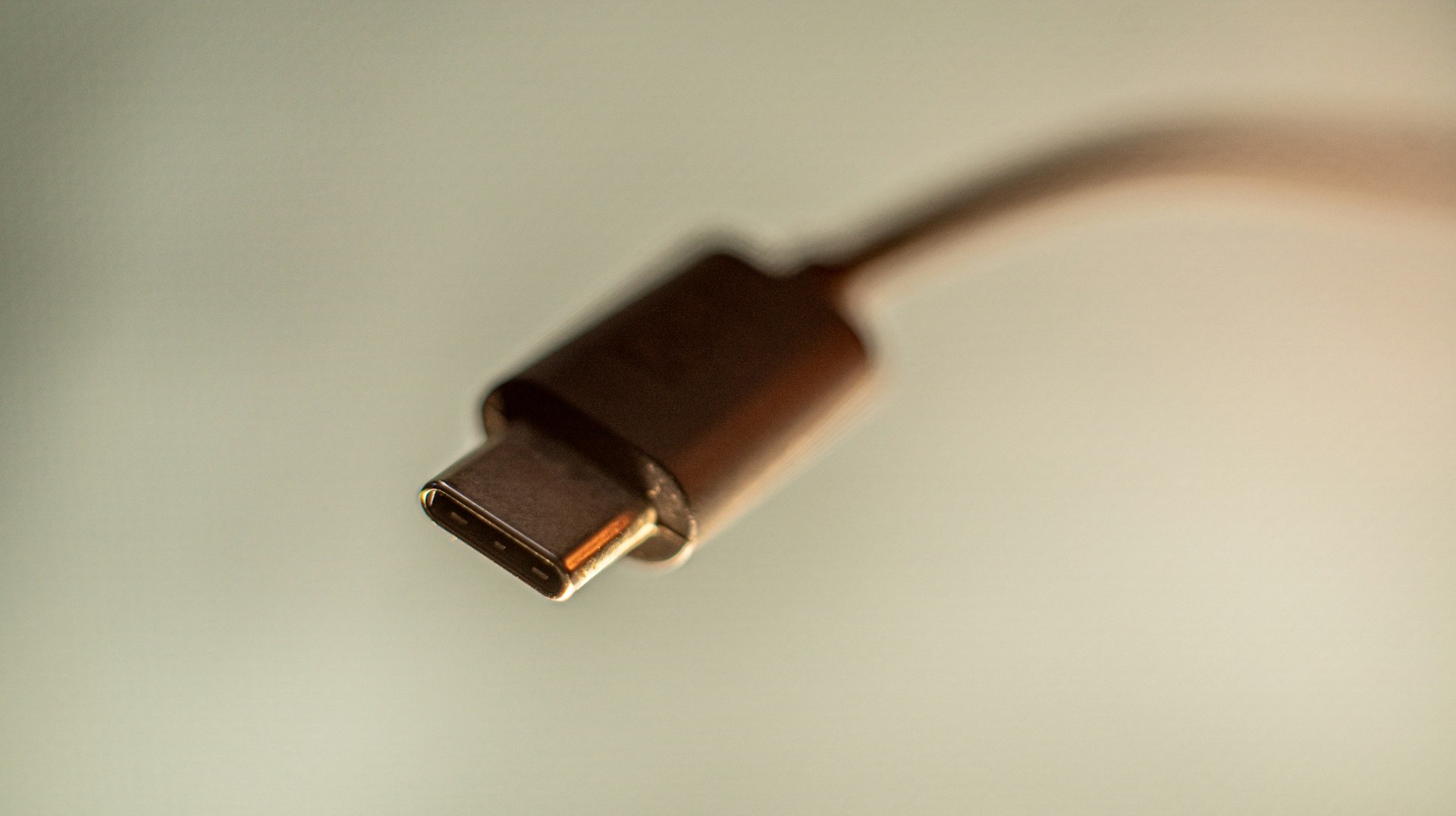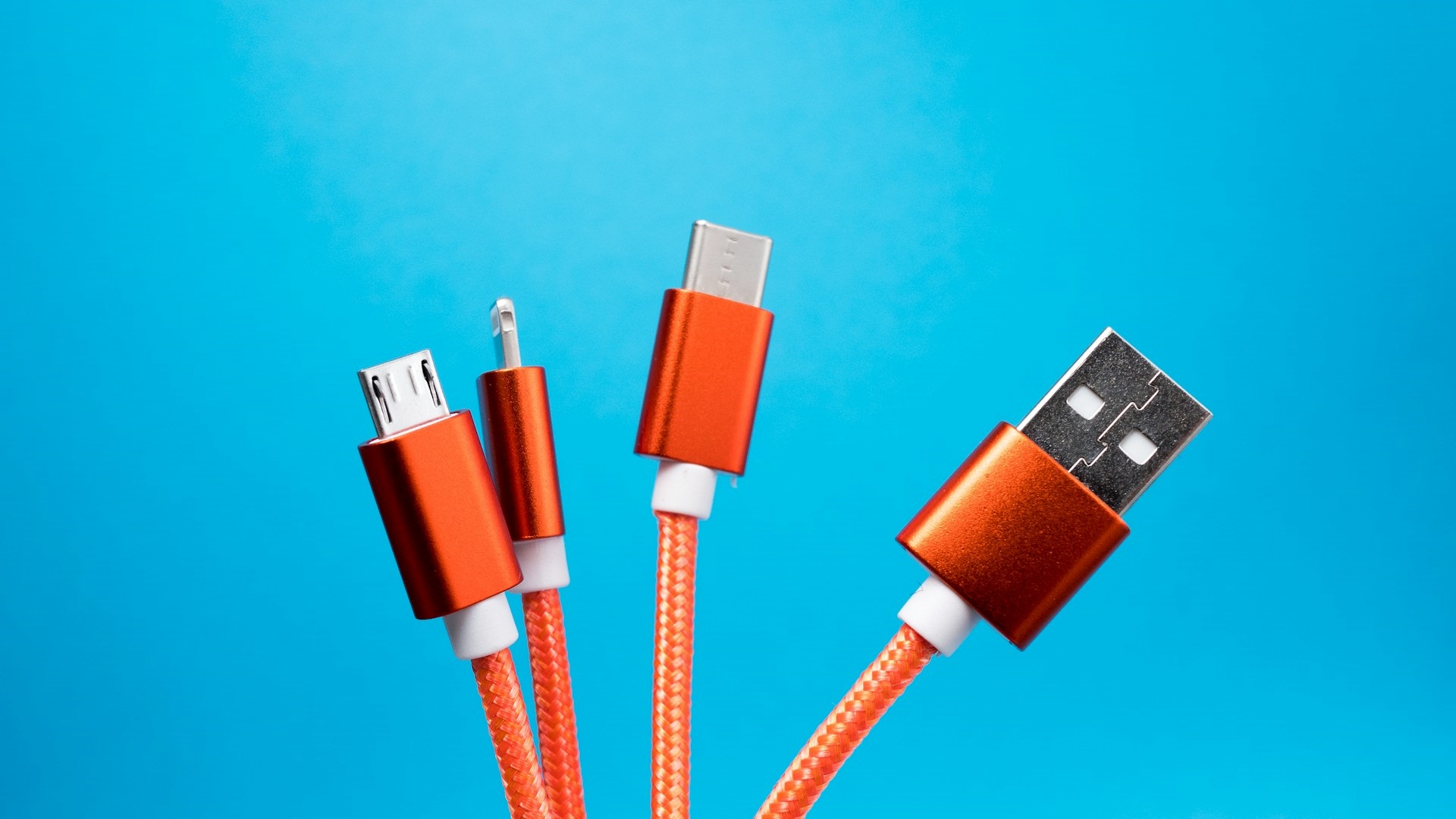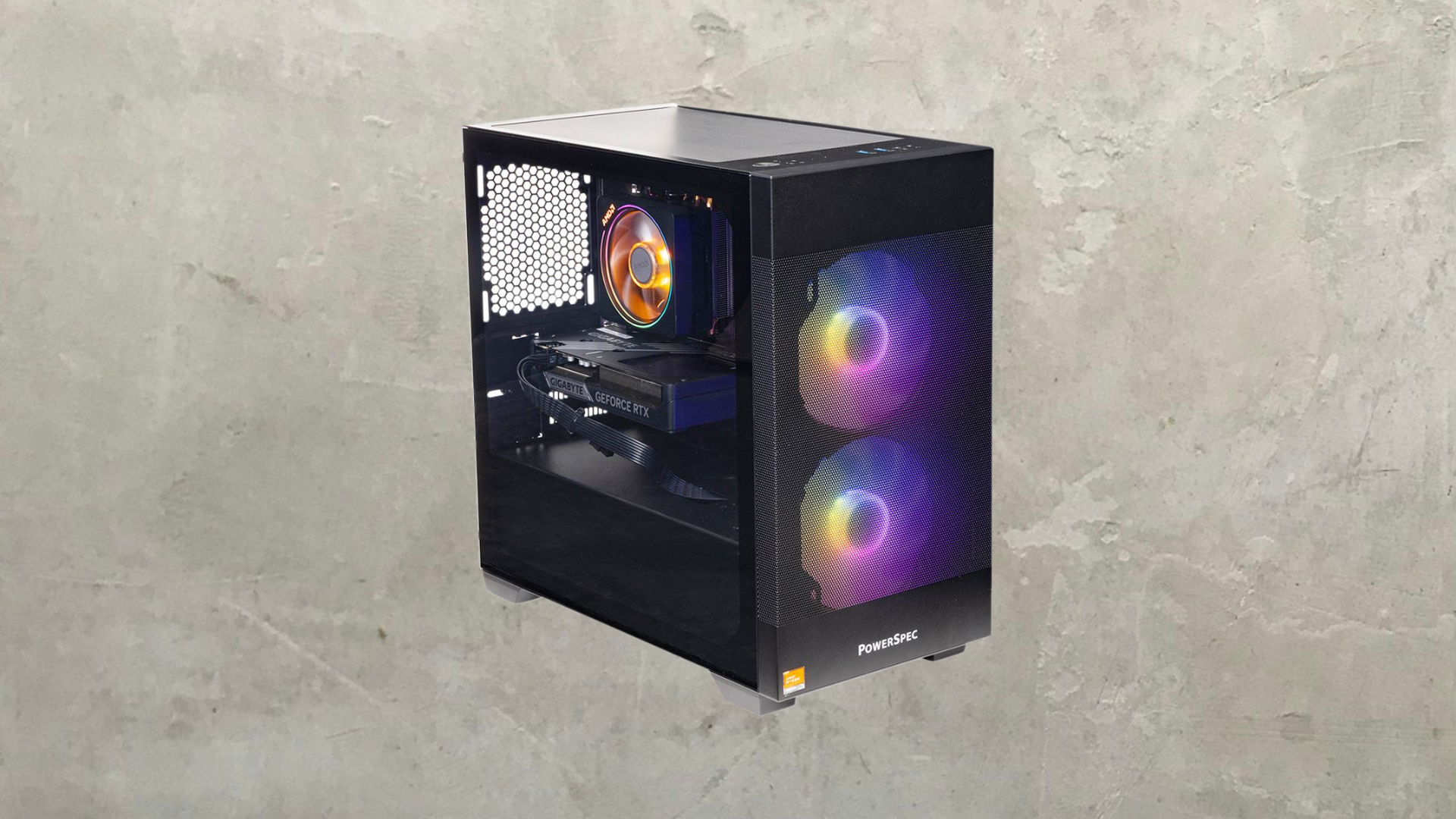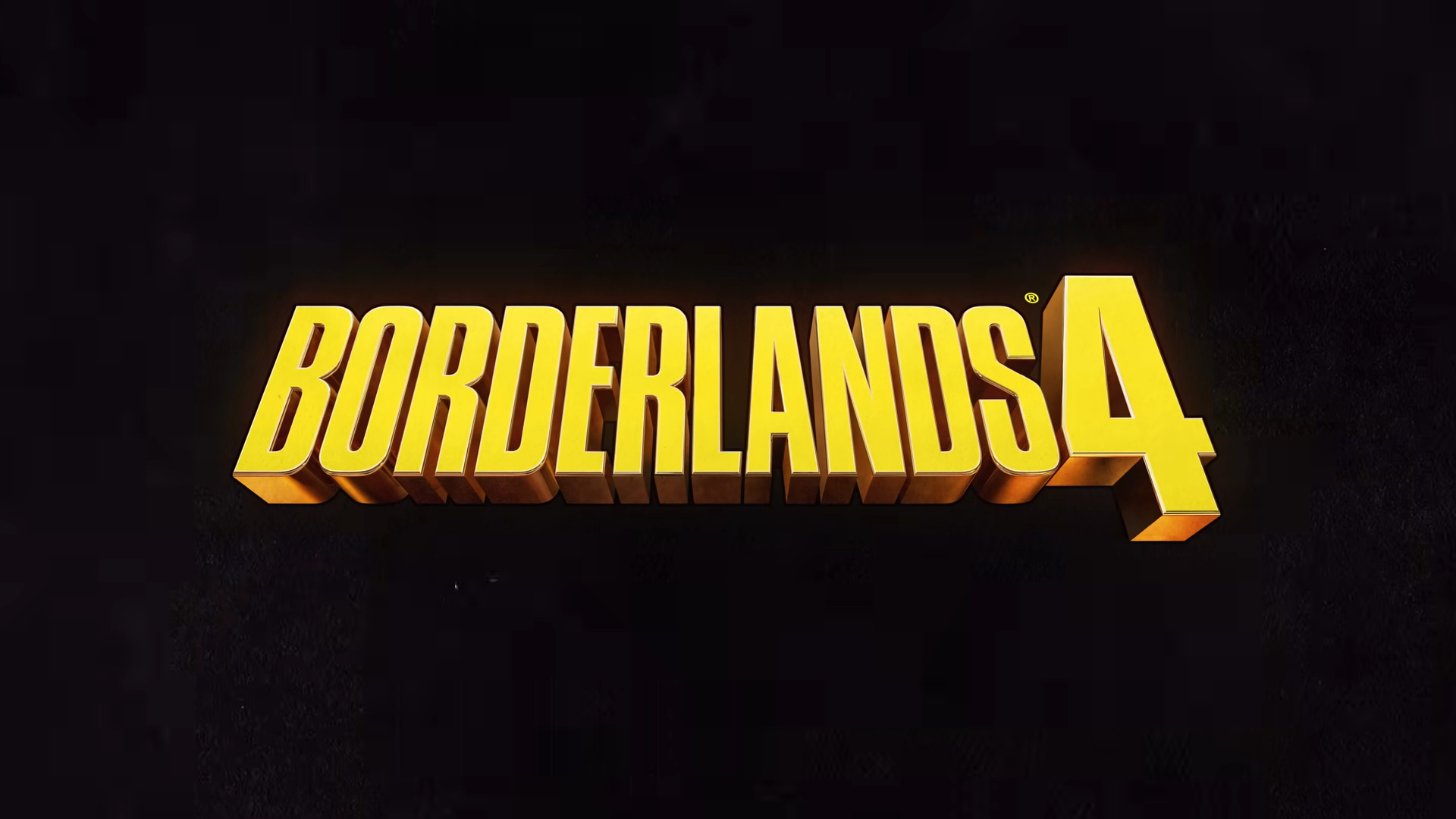Your devices may suffer from heating, slow charging, and/or slow data transfer speeds if the USB-C cable is not used correctly.

USB-C is a versatile connector found in almost every modern device and is also universally acceptable. However, not every USB-C cable is made equally, which could lead to slower data transfer speeds and charging. The worst part is that they don’t have a name to separate the good ones from the bad. They are all called USB-C cables. Understanding which is which is crucial to getting the full data transfer speed of your device.
In this article, we will explain everything you need to know about USB Type-C cables and how to use them to get the best possible data transfer and charging speeds.
Note: Some aspects of this article are subjective and reflect the writer’s opinions.
What Is USB Type-C and How Does It Work?

USB-C, short for USB Type-C, is a new type of USB port that is reversible and more compact. Since it is reversible, you can insert the connector in any orientation, unlike microUSB or traditional USB-A. This has certainly made life more convenient for a lot of people. Also, since it is quite compact, manufacturers have been able to add it to almost every device, including smartphones, laptops, wireless earphones, and more.
USB Type-C cables and this connector are designed to deliver both data transfer and power delivery simultaneously. It can deliver much higher power, which is needed for faster charging, comparatively. For example, smartphones have been able to reach 90-120W of power for charging via the USB Type-C cable, which makes charging extremely fast.
Most modern devices have a USB Type-C connection with a USB 3.2 specification, which can deliver a 20Gbps transfer speed. However, without the right cable, the transfer speeds may get stuck at the USB 2.0 spec, which can be extremely slow by today’s standards. Then there’s USB-C 4.0 or Thunderbolt 4, which can transfer data at 40 Gbps speed with the right cable.
A Few Tips on Using USB-C Properly for Charging and Data
Here are some of the things you need to keep in mind when buying a device with USB-C:
- A lot of devices require special USB Type-C cables and/or connectors to reach higher transfer and charging speeds.
- For data to be transferred at higher speeds, both devices must have the same USB specs. Or else, the speed will be limited to the device with the lowest specs.
- Also, make sure both ends of the USB Type-C cable actually have a USB Type-C connector instead of a USB-A port to reach the highest possible charging speeds.
- To reach the USB 4 specification’s 40Gbps speeds, you will actually need a USB 4-certified cable or Thunderbolt 4 cable. They are both compatible with each other.
- Also, make sure the devices remain cooler to reach the maximum supported transfer and charging speeds.
This concludes all the tips you should keep in mind to reach proper charging and data speeds.
We provide the latest news and “How To’s” for Tech content. Meanwhile, you can check out the following articles related to PC GPUs, CPU and GPU comparisons, mobile phones, and more:
- 5 Best Air Coolers for CPUs in 2025
- ASUS TUF Gaming F16 Release Date, Specifications, Price, and More
- iPhone 16e vs iPhone SE (3rd Gen): Which One To Buy in 2025?
- Powerbeats Pro 2 vs AirPods Pro 2: Which One To Get in 2025
- RTX 5070 Ti vs. RTX 4070 Super: Specs, Price and More Compared
- Windows 11: How To Disable Lock Screen Widgets
 Reddit
Reddit
 Email
Email


